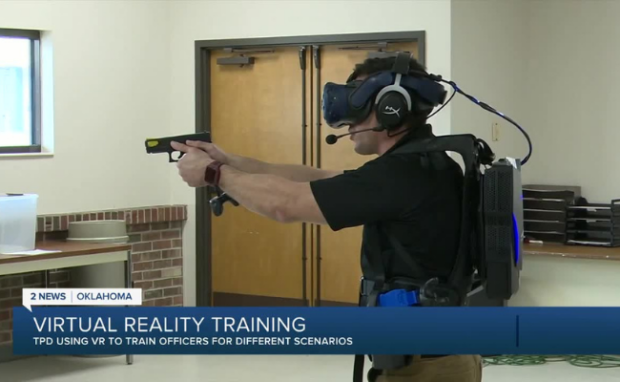AI camera catches 300 Brits texting while driving
The United Kingdom installed an AI camera system on a major highway, which caught roughly 300 people driving while texting. The London Broadcasting Company says it is part of police efforts to prevent traffic accidents. Adrian Leisk, head of Devon and Cornwall Police road safety, says the technology sends a clear message they will catch traffic violators.
Artificial intelligence is becoming ubiquitous as it becomes part of daily life. The British will soon have AI cameras enforcing traffic rules to promote road safety. The company that made this system has been expanding to other countries, so you will likely see this in your streets soon. In response, you should see how it may work in your neighborhood.
This article will discuss how the AI camera system catches people texting and not wearing seatbelts while driving. Later, I will cover other ways police worldwide use the latest technologies.
How does the AI camera system work?
Fasten your seatbelts, an AI might be watching 🚔
In its first three days, an AI-powered road safety camera in the UK detected:
— 180 seatbelt violations— 117 mobile phone offenses
Adrian Leisk, from the Devon and Cornwall Police: "We are employing this new technology to… pic.twitter.com/OKxxfV6isN
— AI Authority (@Authority_AI) August 16, 2023
The Australia-based tech firm Acusensus partnered with Vision Zero South West to quickly spot seatbelt and mobile phone offenses. Business Insider uses an infrared flash, high shutter speeds, and a lensing and filtering system to take clear images of passing vehicles. Here’s how it works:
- The company trained its AI system to recognize what drivers wearing seatbelts and using their phones look like. Then, it matches its training with its recorded images. Its infrared cameras also help spot mobile phones because their cameras react to IR.
- Next, the Acusensus system checks these pieces of information to flag potential offending drivers.
- Afterward, a human team receives these photos for review.
- The team sends a warning or an intended prosecution notice to motorists who have confirmed traffic violations.
This AI camera system is on the A30, a major road connecting London to the UK’s southwest. The LBC says the country deployed it after its 15-day trial last year.
In September 2022, the Acusensus AI cameras caught 590 people driving without seatbelts and 45 using phones while driving. Adrian Leisk, head of road safety for Devon and Cornwall Police, explained why the authorities implemented this technology:
“When we trialed this technology last year, we were disappointed by the number of drivers detected not wearing seatbelts. The early results from our latest deployment show that there is also a problem with mobile phone use behind the wheel, which is both dangerous and illegal.”
“We are employing this new technology to send a clear message to anyone who continues to use their phone behind the wheel – you will get caught. While we know the majority of drivers in Devon and Cornwall are safe, respectful, and conscientious motorists, sadly, there is a minority who are still putting people’s lives at risk.”
How do the police in other countries use tech?

Photo Credit: kjrh.com
London police isn’t the only one using the latest technologies. For example, US San Francisco police can use robots to kill suspects in extreme situations.
The recent California Assembly Bill 481 amendment allows the SFPD to use drones to take lives to save others. However, SFPD spokesperson Allison Maxie reminded the public, “Robots equipped in this manner would only be used in extreme circumstances to save or prevent further loss of innocent lives.”
She added San Francisco authorities may arm robots with explosives “to contact, incapacitate, or disorient violent, armed or dangerous suspects.” Also, a Tulsa Police Department division uses VR training to train cops.
The Mingo Valley division trains staff in virtual reality. It simulates scenarios like traffic stops and active shooter situations so trainees can practice communication and de-escalation.
Officer Ben Brandt explained, “I can hit the button, and when I talk, this guy’s mouth moves,” he said. Consequently, he can act as a suspect or civilian for training purposes.
Officer Brandt says VR training helps his division train officers faster. “It allows us to recreate scenarios really fast. It helps us save time. With virtual reality, all we have to do is hit a reset button, and we can start another iteration,” he added.
Conclusion
The United Kingdom deployed an AI camera system to detect traffic violators on a major road. As a result, it caught almost 300 people texting and wearing no seatbelts while driving.
This technology is only active on the A30 at the time of writing, but the country may expand its implementation soon. After all, Prime Minister Rishi Sunak declared he would turn the UK into a tech hub.
More importantly, you would probably see it in more countries like the Philippines soon. Learn more about the latest digital tips and trends at Inquirer Tech.